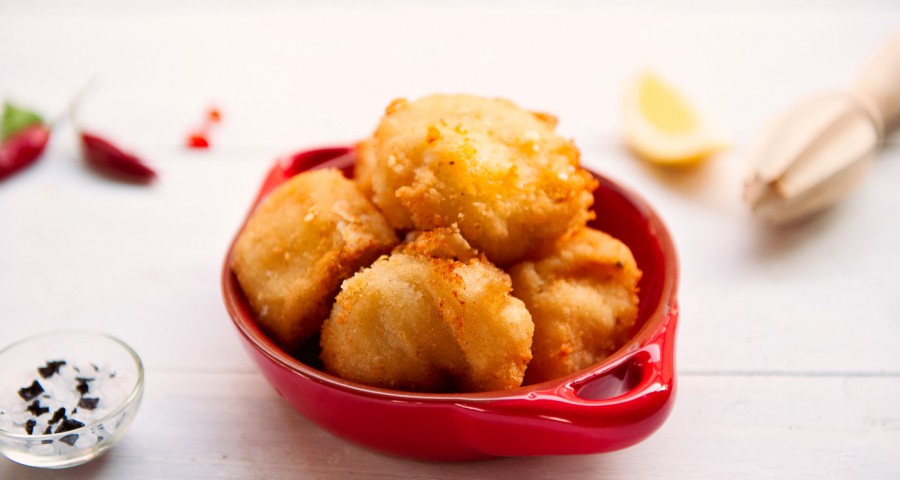Why scallops with roe on taste better than roe off

Whether or not one consumes the roe (or reproductive organs) of the scallop is entirely a matter of taste. In the United States scallops are served without the roe, but in other areas of the world such as France, the roe is served attached. If you have never tasted the roe of a scallop you might ask yourself, why some eat it and some do not. Conversely, if you have tasted a scallop with the roe on, then you might wonder why some deprive themselves of such rich and delicate goodness.
Scallop Roe
The roe of the scallop, as it is commonly referred to as, is actually the reproductive organ of the scallop. When shucked, it is the coral (or off-white) coloured stuff that you see attached to the muscle itself. Generally speaking, the roe is removed or taken off during the shucking process – this might happen out at sea, at the shucker-packer facility or before the boat gets to shore. However, some boats bring in their scallops live and thus offer consumers the delicacy of the scallop with the roe on.
Experienced scallop eaters will generally purchase their scallops live and shuck them at home their selves, allowing for the opportunity to leave the roe on instead of being forced to enjoy the scallop in the more displeasing way – with the roe detached.
Which is Better – Roe on or Off?
As previously mentioned, the answer to the question of whether a scallop with the roe on tastes better than a scallop with the roe off, is simply a matter of preference. Every palate is different and thus accustomed to certain flavours and tastes. However, for those who appreciate the finer things in life – the delicacies, if you will – a scallop with the roe on is much tastier than one served with the roe off. For starters, when you eat a scallop with the roe on you can be sure that it was brought to shore alive and therefore the product is likely much fresher than one that is served without the roe. Because the roe is much more delicate than the scallop muscle, it therefore deteriorates more quickly and thus must be kept live as long as possible to maintain freshness.
The roe is delicious. In taste it is very similar to the scallop muscle itself, only a bit more briny; which to some, is a major bonus. The texture of the roe is a bit different than the muscle. To get an idea of what the texture is like, consider that the Portuguese refer to the roe as the livers, which is an excellent description – it really gives an accurate depiction of the textural consistency of the scallop roe. The colour of the roe actually depends on the sex of the scallop, where the females boast a coral coloured roe and the males a more off-white roe. In both sexes the roe itself will almost always be as big as, if not bigger, than the scallop muscle itself. Scallop lovers rejoice! You just doubled your yield!
Additionally, scallop roe is packed full of essential vitamins and nutrients that are considered by some to be super foods. For instance, the roe itself packs a large punch of omega-3’s, a nutrient that is extremely good for everyone.
If you are feeling up to expanding your horizons, or to refining your palate, then give scallops with roe on a try.